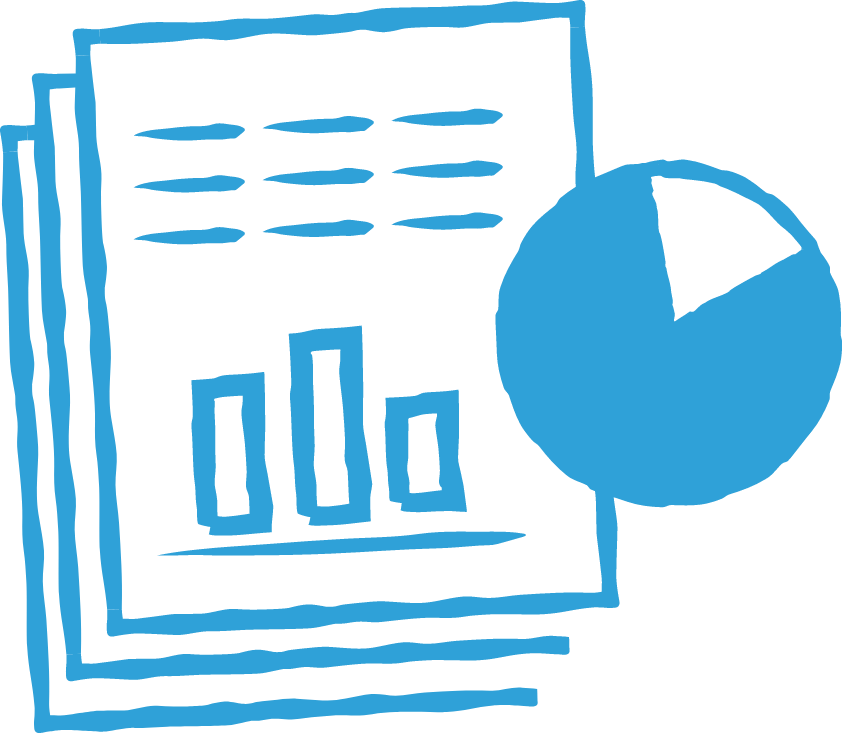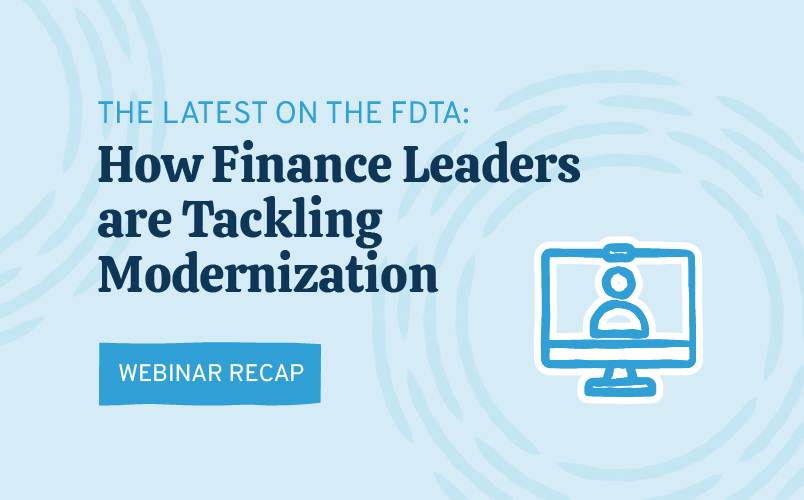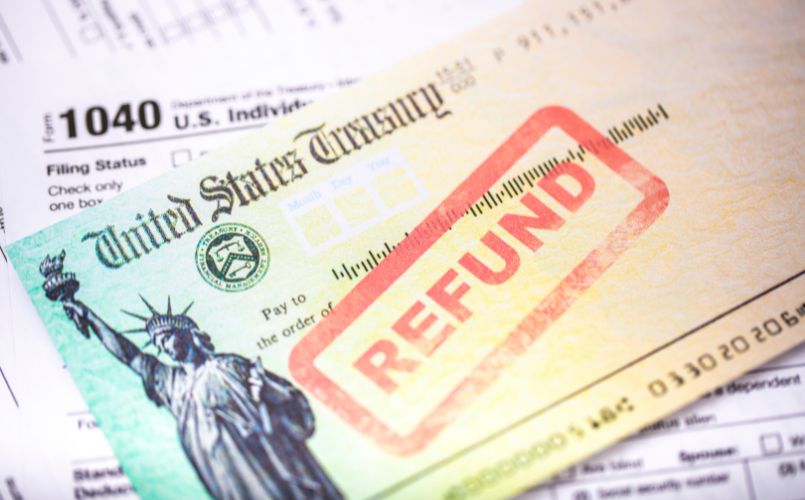SEPTEMBER 30, 2022 UPDATE:
As we continue to work through the initial implementation of GASB-87, we’re constantly reevaluating our application and our supporting tools to make sure we’re providing the best possible service to your team.
To that end, we’re excited to release an update to our IBR template, which will make it easier for our team to incorporate accurate, up-to-date market data into your rate calculations. Our new methodology takes a snapshot of multiple, publicly-available data points from across the municipal bond market to generate a consensus view of municipal bond yields and spreads on a quarterly basis. This approach will allow your team to generate an incremental borrowing rate for your lease obligations using actual market data that’s never more than 90 days old.
Please know that we are shifting our approach to the IBR template so that it is simpler for your team to use and understand and easier for our team to update going forward. We are not changing our methodology because of any issues or concerns with the prior template — if your team has already calculated an incremental borrowing rate for your lease obligations using the prior version of our IBR template, there is no need to update those calculations.
For those who don’t want to go to your banker or financial advisor for a separate interest rate every time you enter into a new lease, we wanted to build a simple yet powerful template to estimate your incremental borrowing rate.
As you read ahead, there are a couple things to keep in mind:
- We are not trying to calculate the exact interest rate you would have been charged. The goal of the exercise is to have a reasonable basis for developing an accurate estimate of what your interest rate would have been.
- Instead of assuming each loan would be secured by the underlying asset (which would require you to calculate multiple incremental borrowing rates across multiple asset classes), we assume you would use your lowest interest rate financing vehicle (typically a general obligation or general revenue bond) to purchase the asset. This approach simplifies the process and reduces the information you need to gather. For more details on this assumption, click here.
- We want the framework for calculating your incremental borrowing rate to be simple, practical, and repeatable, as you’ll need to recalculate your incremental borrowing rate periodically moving forward.
With these basic assumptions in mind, DebtBook has created a simple Excel template to calculate your incremental borrowing rate using the basic approach outlined by the formula below:
(Risk-Free Rate of Return) + (Credit Spread) = Incremental Borrowing Rate
To determine both the risk-free rate of return (or market interest rate) and credit spread components of that formula, we take a snapshot of multiple, publicly-available data points from across the municipal bond market to generate a consensus view of municipal bond yields and spreads. The risk-free rate of return represents a consensus view of the cost of funds for a AAA-rated municipal bond issuer, while the credit spread represents a similar consensus view of the additional risk premium investors or lenders would demand to make a similar loan to entities across the rating spectrum.
Here’s an example. If your AA-rated municipality entered into a lease commencing on August 1, 2021 for a term of 36 months, we would use a consensus view of the municipal market rate for a AAA-rated 3-year obligation as of August 1, 2021 to approximate the risk-free rate of return. We would then look at the average credit spread charged to other AA-rated municipalities around that time for other 3-year obligations.
So, if the risk-free municipal market rate on August 1, 2021 for a three year obligation was 0.14% and the average credit spread AA-rated municipal borrowers for a three year obligation was 0.50%, your estimated incremental borrowing rate for that obligation would be 0.64%, as shown below:
(Risk-Free Rate of Return) + (Credit Spread) = Incremental Borrowing Rate
0.14% + 0.50% = 0.64%
Note the calculation above assumes a tax-exempt financing. In our template, you can make simple adjustments to account for a higher taxable rate, if appropriate for your circumstances.
Note we update our IBR template quarterly, which will allow your team to generate an incremental borrowing rate for your lease obligations using actual market data that are never more than 90 days old.
Again, our approach isn’t designed to give you the precise rate your lender may have charged you for a particular obligation. Lenders and investors use different indices (or a combination of indices) and other factors to calculate their own subjective cost of capital and required risk premium, but we believe this approach provides a reasonable and objective proxy, as it encompasses a wide variety of data points across the entire municipal market.
Disclaimer: DebtBook does not provide professional services or advice. DebtBook has prepared these materials for general informational and educational purposes, which means we have not tailored the information to your specific circumstances. Please consult your professional advisors before taking action based on any information in these materials. Any use of this information is solely at your own risk.














